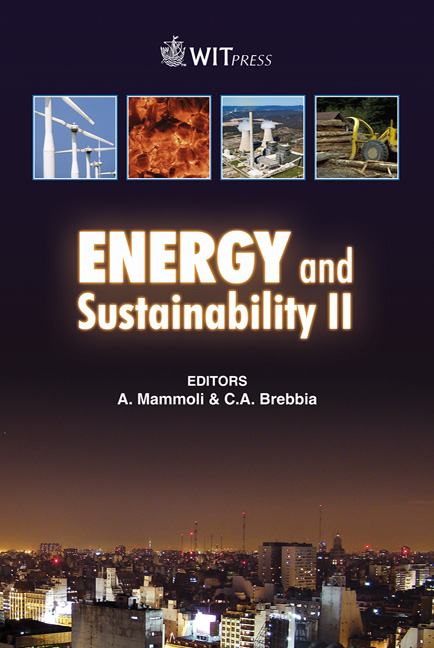Renewable Energy From Restored Prairie Plots In Southeastern Minnesota, USA
Price
Free (open access)
Transaction
Volume
121
Pages
9
Published
2009
Size
1,083 kb
Paper DOI
10.2495/ESUS090131
Copyright
WIT Press
Author(s)
B. Borsari, I. Onwueme, E. Kreidermacher & T. Terril
Abstract
Although prairies occupied most of North America prior to European settlement, an extirpation of these habitats has inevitably occurred since the expansion of intensive, agricultural systems. In recent years, however, a renewed interest in prairie restoration has spurred increasing efforts for looking at prairies as possible sources of renewable energy. The purpose of our work was to establish a prairie community on marginal farmland with the goal of producing pellets from its biomass to be burned on site for heating greenhouses, instead of relying on corn (Zea mays) as a biomass source. Plots of grass only and plots of mixtures of forbs and grass species were planted in 2007 on a farm in southeastern Minnesota. In its second year of growth, the biomass produced was compared to what was obtained from corn stover cultivated at the farm. The biomass yield data produced from the different plots of equal hectarage were analyzed through a one-way ANOVA and Scheffe’s test to verify significant differences among the three different cropping conditions (grass, grass and forbs, corn). Our data indicated that prairie plots with mixtures of grass species can be the most productive for biomass production. This preliminary work is of value in this part of the world and should inspire more farmers in the Midwest region of the U.S. to restore prairies on marginal lands. Keywords: biofuel, forb, grass, pellet production, prairie, renewable energy, sustainability.
Keywords
biofuel, forb, grass, pellet production, prairie, renewable energy, sustainability





